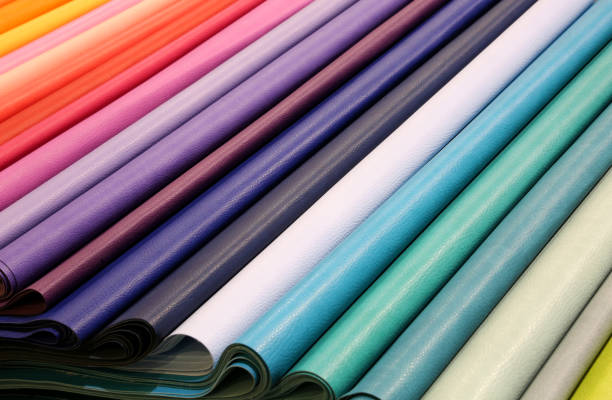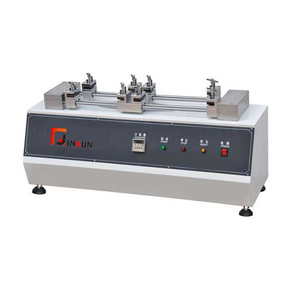Over the last two decades, Mainland China has emerged as the largest leather producer of leather goods, the largest exporter and importer of leather in terms of volume, and the largest supplier of leather raw materials. Hong Kong acts as an outward port for leather and leather products from Mainland China and as a gateway to enter Mainland China market.
Leather product inspections are crucial to ensure that your leather product meets International Standards.
Products made from real leather or imitations, such as PU, are very popular these days and quality issues are quite common. While a different set of tests applies for hides, today’s article focuses on the list of the main inspection tests for leather bags.

8 inspection tests for leather bags
1. Smell Test
While it may sound funny at first, the smell test is an important part of every inspection: it is the easiest (but least reliable) way to discover illegal toxins. However the most reliable way to check it is to perform chemical tests in a laboratory.
2. Function test
The objective is to check if the product really works. In the case of the leather bag, an inspector will wear it and use the zippers.
3. Color fastness check on leather
Excessive dye may be rubbed off during a color fastness check. On leather this is a frequent problem. The test should be repeated 10 times with a dry cloth and 10 times with a wet cloth.
4. Abuse & Fatigue tests
Pulling on straps and zippers with stronger-than-usual force helps to understand the manufacturing quality of leather bags.
5. Seam strength test for leather bags
This test is similar to the abuse test but focuses on the seams. It uses “normal” force or a tension gauge to check seam strength.

6. Load test
The inspector loads the leather bag with weights (depending on the model between 2 and 20 kg for backpacks). He then lifts the bag 20 times and hangs it on a hook for 4 hours.
7. Zipper twisting test
This
check tests both the strength of the zipper and the seams holding it. In the open, middle and closed position. The QC pulls the zipper sideways for 10 seconds each direction. Low quality zippers tend to open and bend beyond repair.
8. Carton humidity check (for the rainy season)
In order to avoid mold or fungus humidity must be below 12%. Especially during rainy season, the inspector should check the humidity of the export cartons with a humidity tester. He should also ensure that sufficient desiccant is placed in the right spots.
The tests above check the real-life usability of leather bags. The process is similar for leather jackets, pants and in some cases even shoes. In addition, it is a must to laboratory tests to check if the leather product complies with national regulations. These tests must be done at a certified and reputable testing laboratory.

